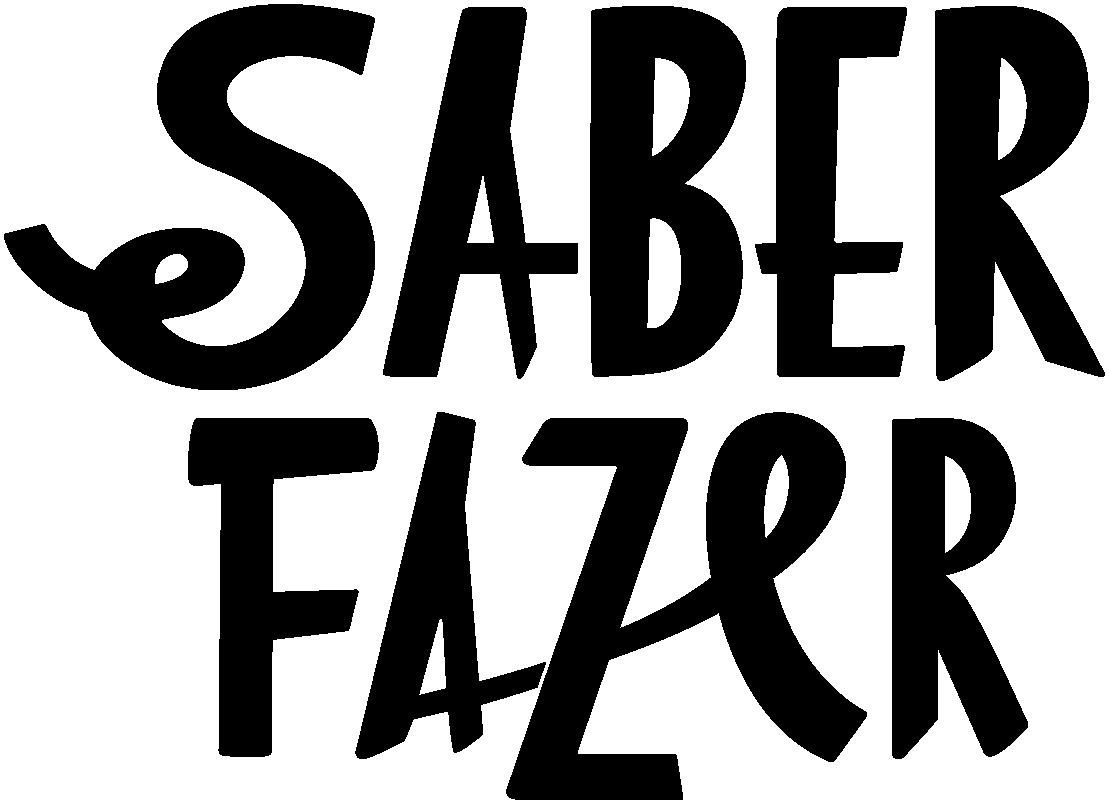Blog
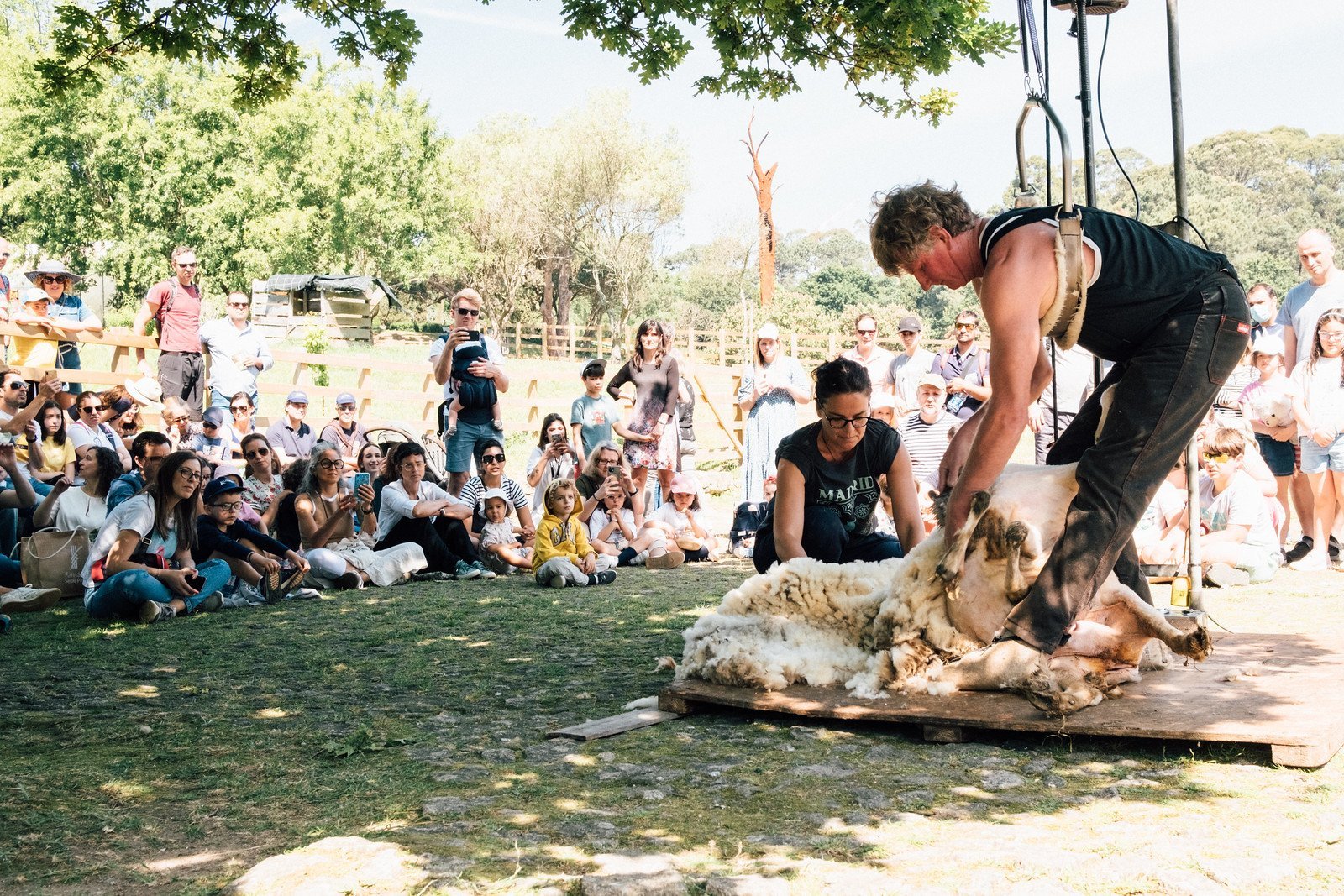
Another year, another shearing
It was a pleasure to take Marty and Susana O'Connell back to Serralves to demonstrate the shearing of the farm's Bordaleira de Entre-Douro-e-Minho sheep. We were presented with exceptional weather and many families joined us to watch this very important stage of the wool cycle!
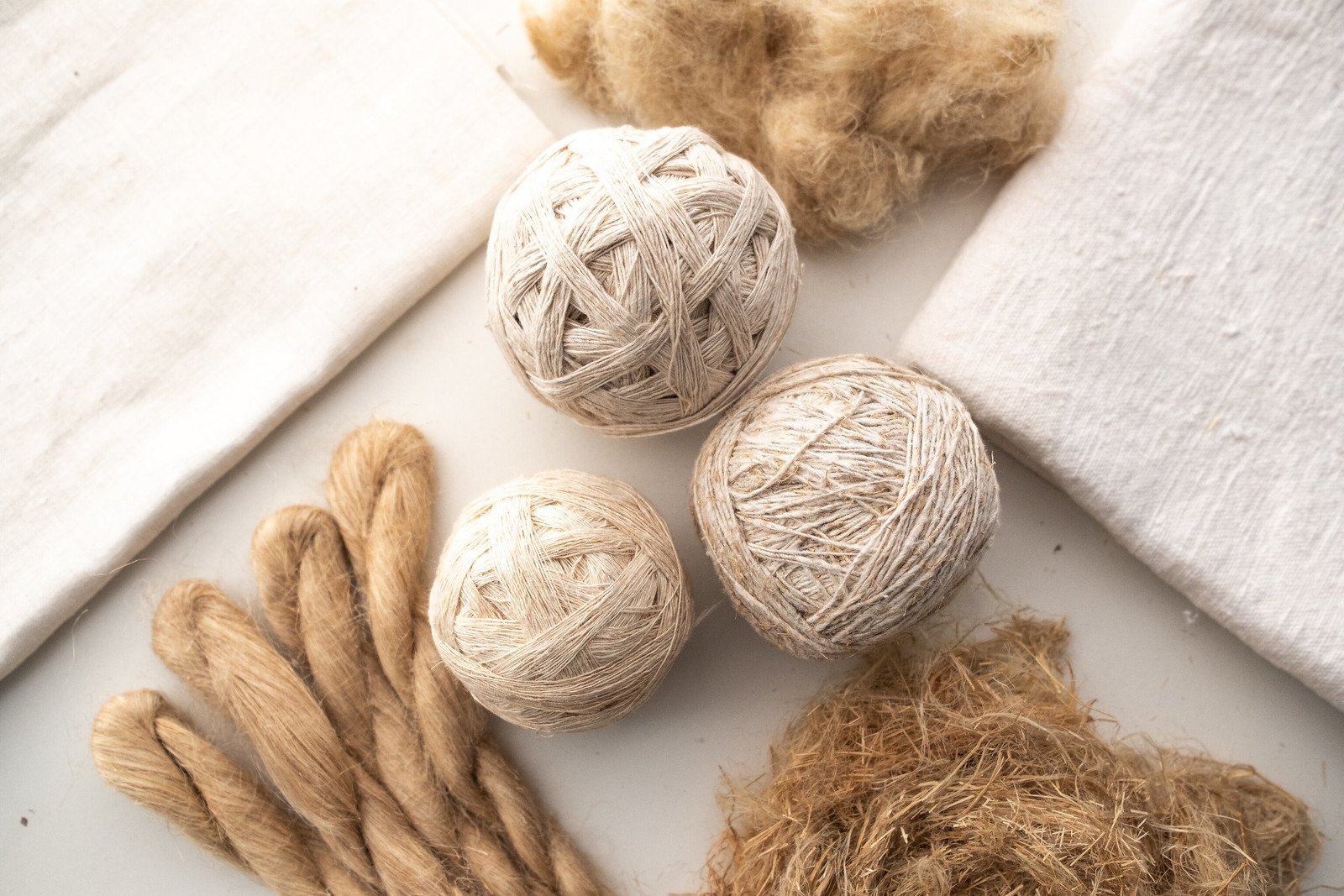
Flax, tow and flax waste: an explanation
Anyone who likes flax is surely familiar with the term “tow”, but possibly doesn' t know the real difference between flax and tow, or what flax waste is. Today's post explains the difference between these three types of fibers, all of which come from the same source but are different from each other.
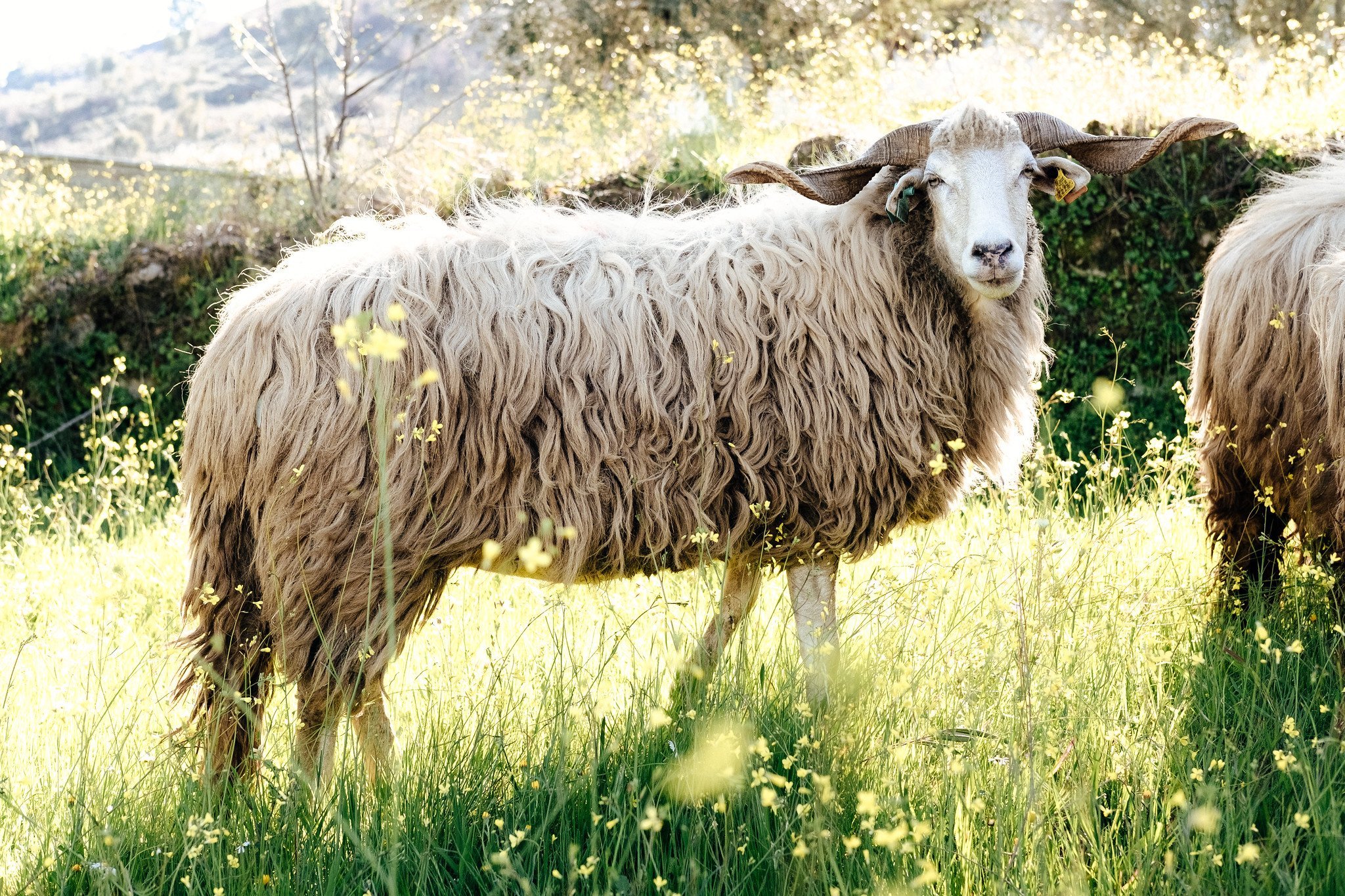
The sexiest sheep
If I had to choose the sexiest sheep in Portugal, I'd say there's a good chance it would be the Churra Mondegueira breed, preferably a “Marialveira”. They don't bathe because they spend every day of the year grazing extensively, but their heavy fleeces with long, sometimes curly strands give them that special charm.


Our new Natural Dyeing Online Course!
We've just launched our new online course platform and the Online Course on Introduction to Natural Dyeing led by Guida Fonseca!
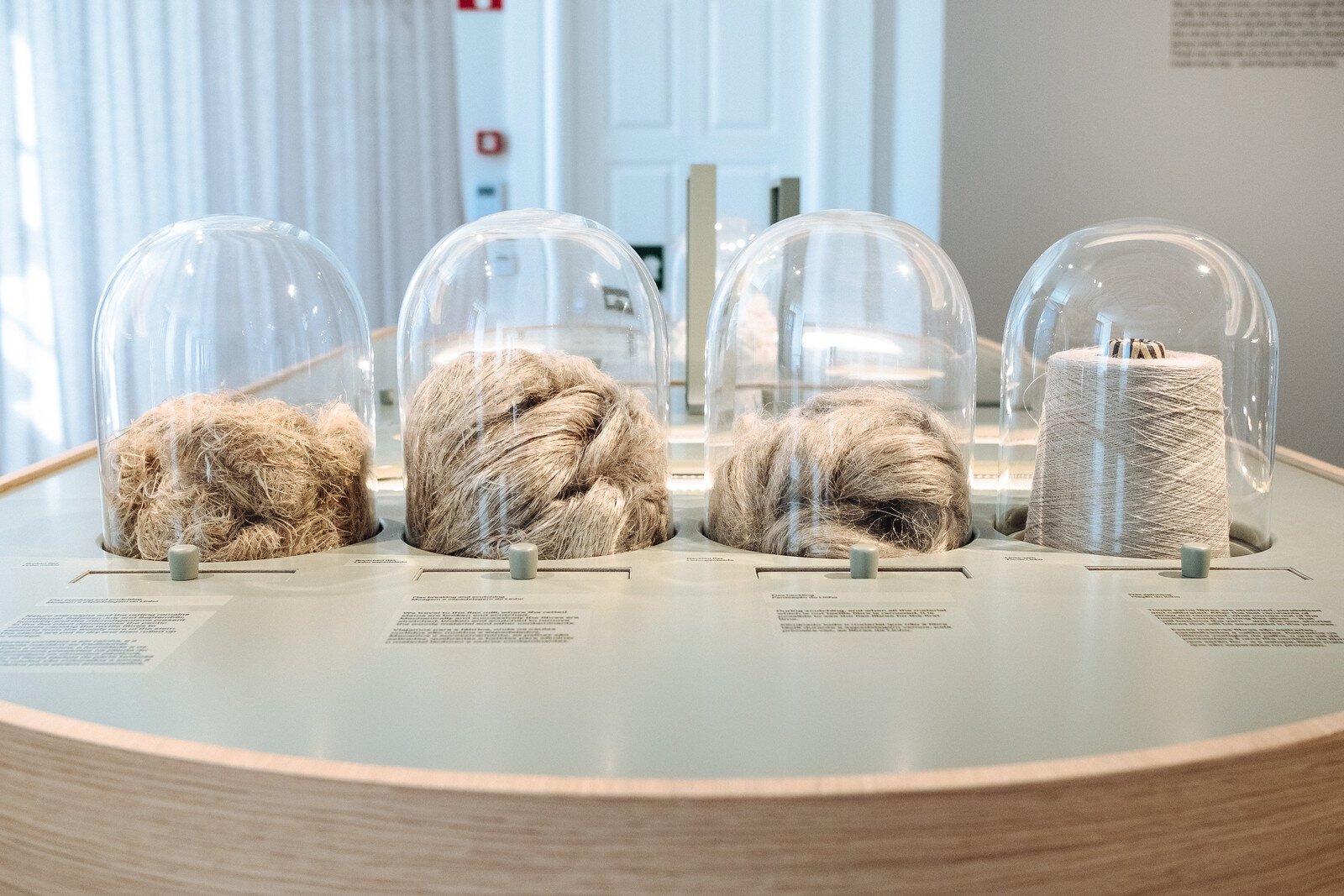
Saber-fazer at the Museum of Fashion and Textiles
The Museum of Fashion and Textiles opened a few days ago in Vila Nova de Gaia, a new museum dedicated to fashion and the history of the Portuguese textile industry. At the beginning of the exhibition circuit, there is a part of the exhibition dedicated to raw materials, right down to yarn, and weaving, which had our contribution in the form of technical and scientific consultancy, the production of texts, content and the supply of all the exhibition materials.

A shop window that is an exhibition
Our new shop window is a mini-exhibition of Ana Rita de Albuquerque's exceptional work. Having teachers (and friends) who are the best at what they do gives you the right to have beautiful shop windows!

Tips for germinating Dye Plants (and more)
I don't know if you've noticed, but it already smells like spring outside! And spring, around here, means starting to plan sowings. For some time now, we've had some seeds of our own dye plants available in our online store, but as not everyone has a lot of experience in sowing and planting some species that have specific needs, here's a post with some tips for you to have great success in your sowings on that side!

Ana Rita de Albuquerque: artist-sculptor-inventor
Yes, I've known Ana Rita for years, she's been here to teach many, many times, but it's only now that I've been able to visit her at her studio! In fact, Miguel was the one who went to photograph her (that's why some of these images are his), but I was in tow and also took the opportunity to take some pictures (with his camera).
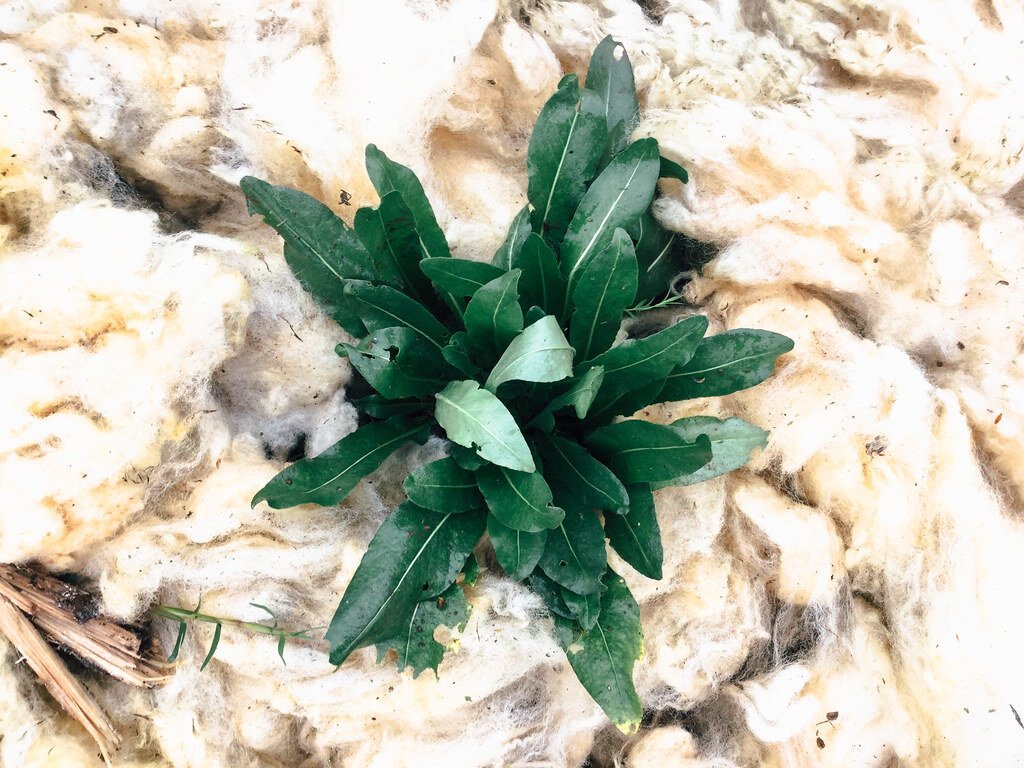
Using wool as mulch
I've been asked several times why I have wool around my plants after showing some of the photos of our dye plants. I often use wool in soil and pots, yes. One of the most useful uses for wool that, for various reasons, isn't good enough to process is to use it for mulching.

About Weld: answering a few questions
After the online workshop, Teresa A. identified Resedas growing on her land. I advised her to collect seeds from these plants and cultivate them intentionally over the next few years. As they grow naturally, they are sure to be very well adapted to the area and will need almost no care, which is exactly what we want! In the meantime, she can collect a few to experiment and understand their dyeing power. As a result of the emails we exchanged, she asked me the following questions, which I'm going to answer here, because they help us understand a little more about this plant and I thought there might be people out there with the same doubts.

Seasonal Postcard: Madder
Our new seasonal postcard pays tribute to the Madder and the lessons it teaches us.
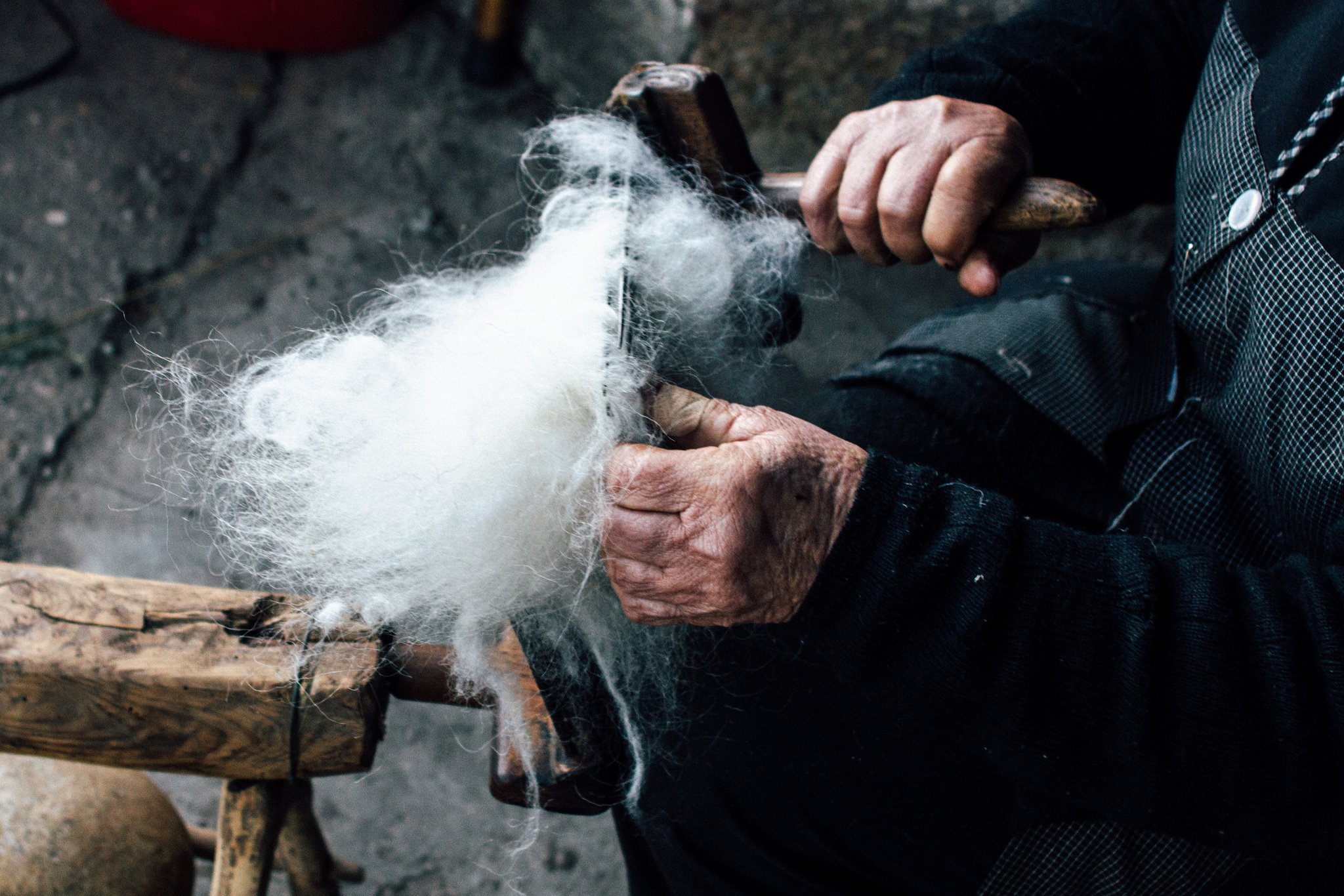
Combing wool in Trás-os-Montes
(...) it's the universality of the combing technique that Ti Paula uses. It's the same one I use (and I didn't learn to comb in Portugal), and it's also the same one that anyone who combs wool in the world uses, in most cases. In Miranda do Douro or on the other side of the world, wool is combed in essentially the same way and something as simple as this makes us understand that despite cultural differences, human beings face the same challenges and end up with the same solutions.

Thinking About Flax, Even When There Will Be No Flax
Even before this madness started, I had already decided that this year I would not grow flax. Spring is intense and this year I wanted more time to finish writing and put out some of the handbooks that I have on stand-by due to lack of time (the one for Flax included). Still, when this time of the year arrives, I can't help looking at the lunar calendar and watching the weather to choose the sowing day.
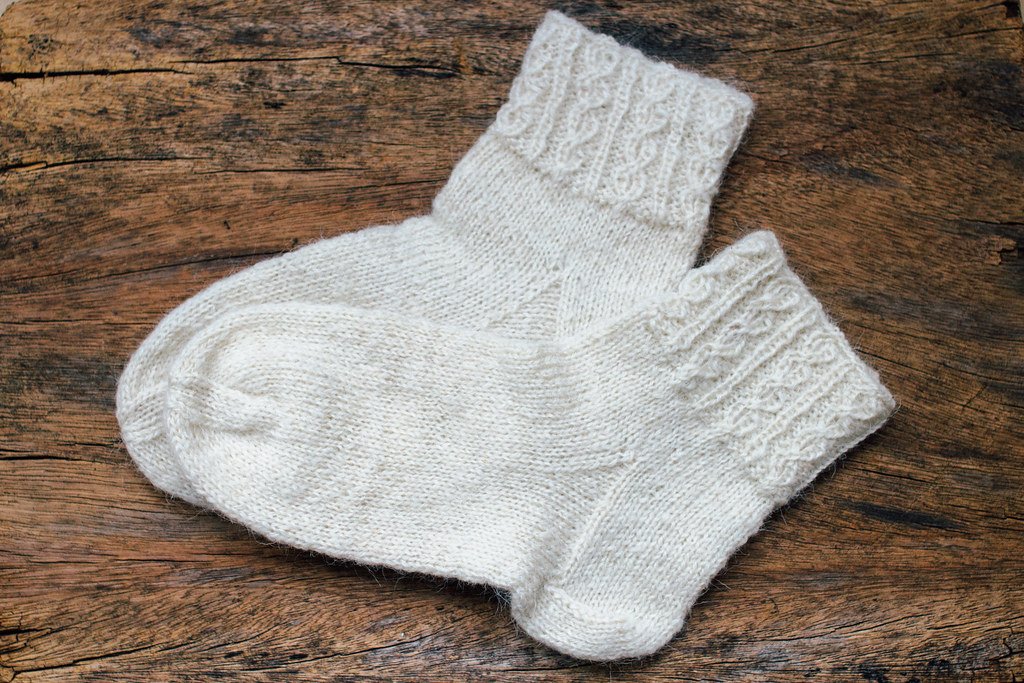
From Churra Mirandesa Fleece to Sock
These beautiful socks were made by Zaida from a fleece of Churra Mirandesa that she brought back with her from our shearing, back in June.
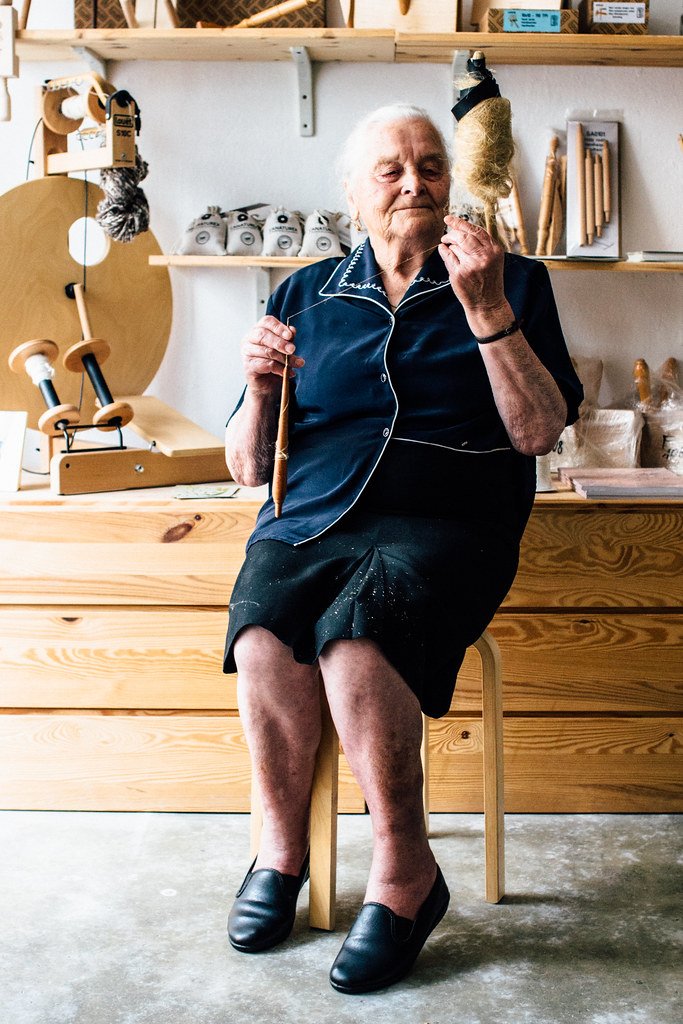
Once a spinner, forever a spinner
A real “If you build it, they will come” moment.
There was a time when I was the one chasing them, now they're the ones coming here.
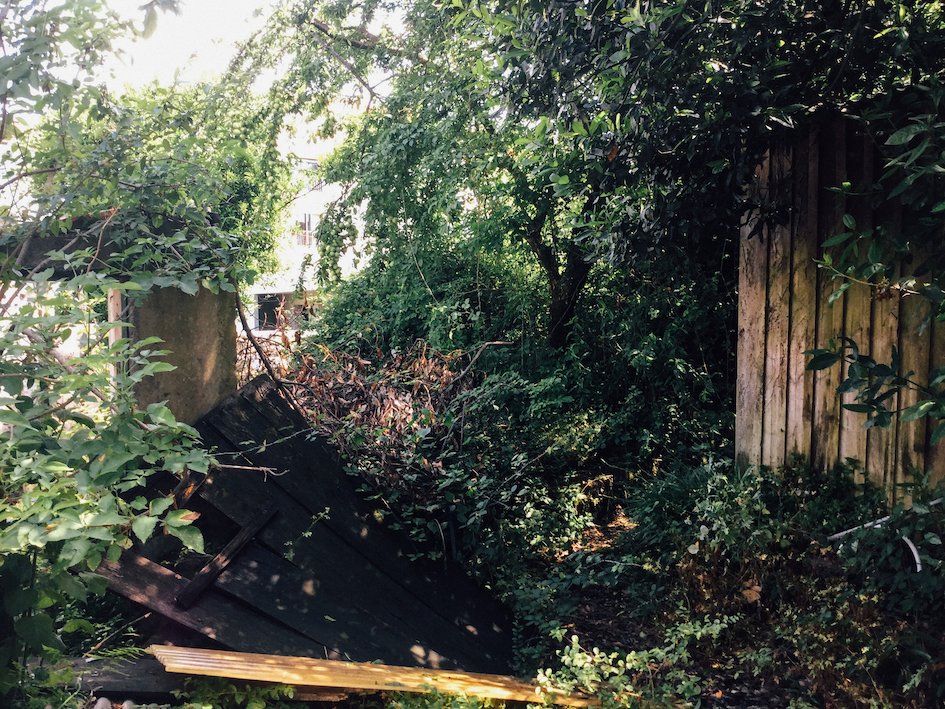

We're moving!
Yes, we're moving house! More specifically, we're leaving our space in Matosinhos and setting up store in Porto.

The Indigo from the Woad Plants in Faial
Last November, when the Indigo season was over, I finally had the capacity to focus on the Woad Plants properly and I was finally able to extract indigo from this iconic plant.
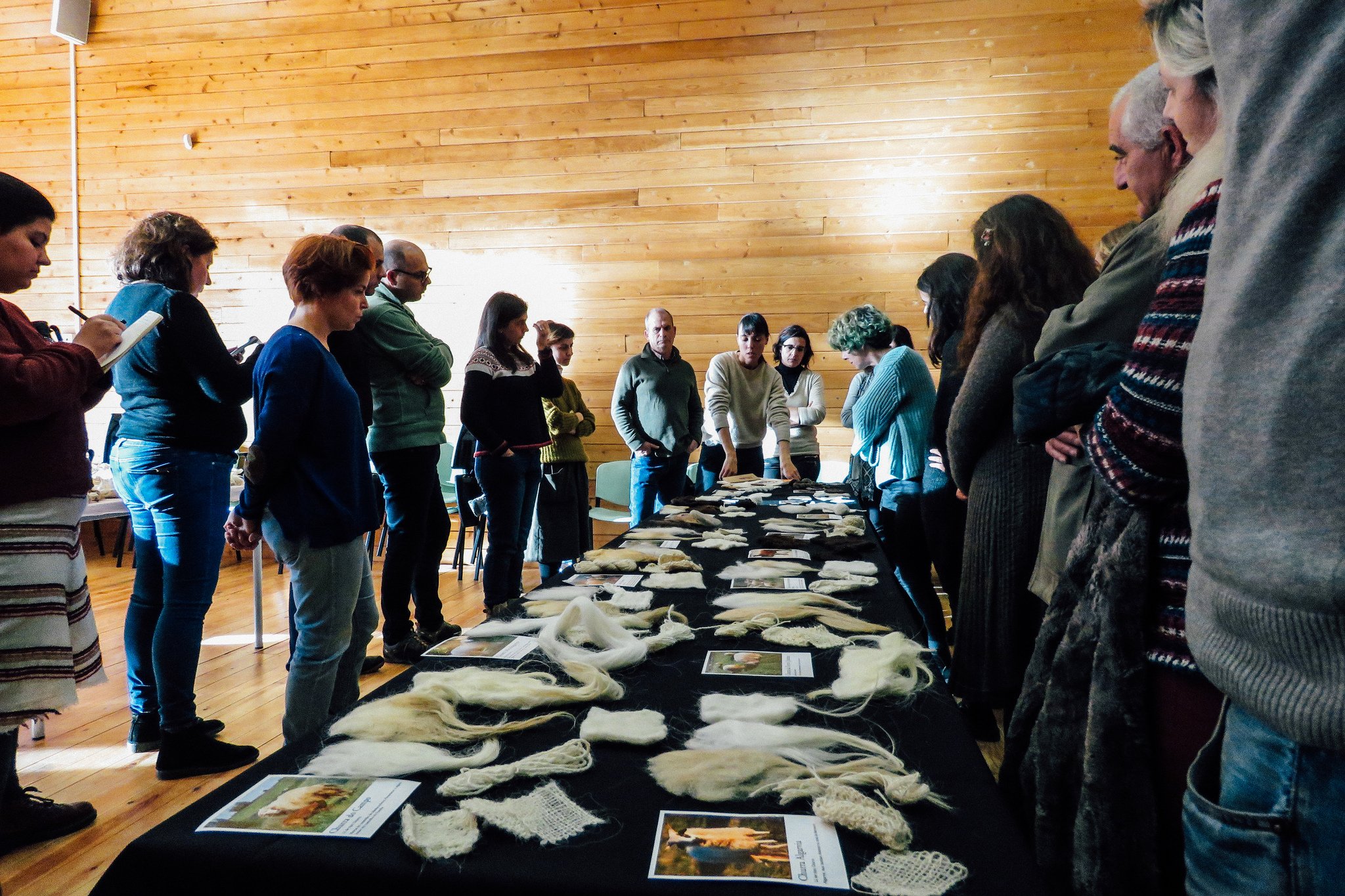
Teaching about Portuguese wool in Vimioso
The previous weekend was spent in Vimioso, at PINTA (Vales de Vimioso), leading a 2-in-1 workshop dedicated to Portuguese Wool and Woolworking.
